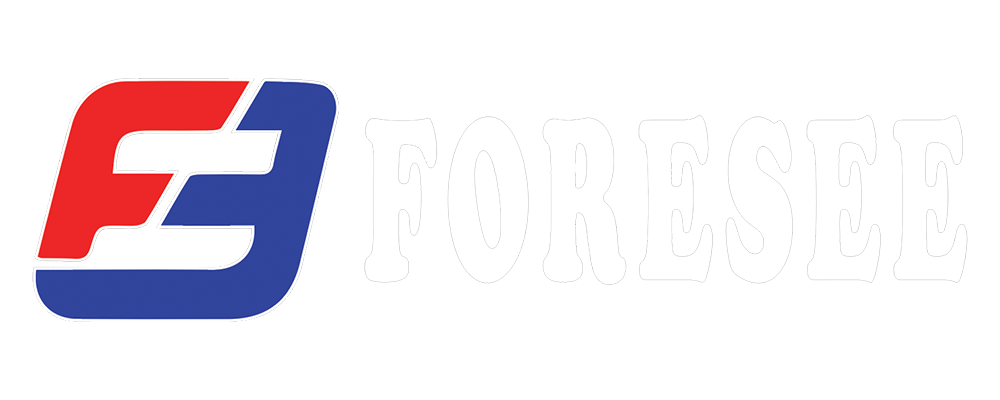NPT (National Pipe Thread) and NH/NST (National Hose/National Standard Thread) are two different types of threaded connections commonly used in plumbing and fluid systems. Here are the main differences and compatibility aspects between NPT and NH/NST:
-
Thread Design:
- NPT: NPT threads have a tapered design, meaning the diameter of the threads gradually increases or decreases along the length of the thread. This design creates a tight seal when the threads are properly tightened together.
- NH/NST: NH/NST threads, also known as fire hose threads, have a straight (non-tapered) design. They rely on a gasket or seal to create a watertight connection.
-
Application:
- NPT: NPT threads are commonly used for connections in pipes, fittings, valves, and other plumbing components in both residential and industrial applications.
- NH/NST: NH/NST threads are predominantly used in fire departments, for fire hydrants, hoses, and firefighting equipment.
-
Compatibility:
- NPT to NPT: NPT threads are generally compatible with each other. Male NPT threads can be connected to female NPT threads, and vice versa, using thread sealant (such as Teflon tape or pipe dope) to ensure a proper seal.
- NH/NST to NH/NST: NH/NST threads are compatible with each other and can be connected by simply tightening the threads together.
- NPT to NH/NST: NPT threads are not directly compatible with NH/NST threads. However, adapters are available to convert NPT to NH/NST and vice versa. These adapters typically have male NPT threads on one end and female NH/NST threads on the other, allowing for the connection between the two types of threads.
It's worth noting that NPT and NH/NST threads have different applications and sealing mechanisms, so it's essential to use the appropriate thread type for the intended purpose to ensure a secure and leak-free connection.

Recent post